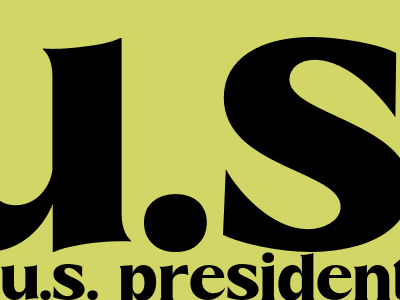
U.S. Presidential Election 2020: Historical Context and Electoral Dynamics
Overview
The 2020 United States presidential election, held on November 3, 2020, was a historic event characterized by unprecedented challenges and a deeply polarized political climate. This blog post delves into the historical context and electoral dynamics that shaped this momentous election.
Historical Context
The 2020 election took place amidst an era of significant political and social upheaval. The presidency of Donald Trump, marked by controversial policies and divisive rhetoric, had left the nation deeply divided.
The long-standing polarization between Democrats and Republicans, exacerbated by partisan media and social media echo chambers, contributed to a heightened level of political animosity.
Electoral Dynamics
The 2020 presidential race featured a crowded field of Democratic candidates, with former Vice President Joe Biden ultimately emerging as the nominee. Incumbent President Donald Trump ran for re-election as the Republican candidate.
The election was highly competitive, with both candidates facing significant challenges. Biden's campaign focused on restoring unity and addressing the COVID-19 pandemic, while Trump emphasized his record on the economy and appealed to his loyal base.
The electoral college system, which determines the presidential winner based on votes cast in each state, played a crucial role in the outcome. Biden secured a narrow victory in several key swing states, including Pennsylvania, Michigan, and Wisconsin, ultimately securing the presidency with 306 electoral votes to Trump's 232.
Significance
The 2020 presidential election had profound implications for the United States. Biden's victory marked a return to a more traditional and moderate form of governance, while the election process itself revealed the challenges of navigating a deeply divided political landscape.
The election also highlighted the importance of voter participation, with record-breaking turnout in many states. The results underscored the need for ongoing efforts to protect and expand voting rights.
Conclusion
The 2020 United States presidential election was a watershed moment in American history. The election was shaped by a complex interplay of historical context and electoral dynamics, ultimately leading to a change in leadership and a renewed focus on healing the nation's political divide.